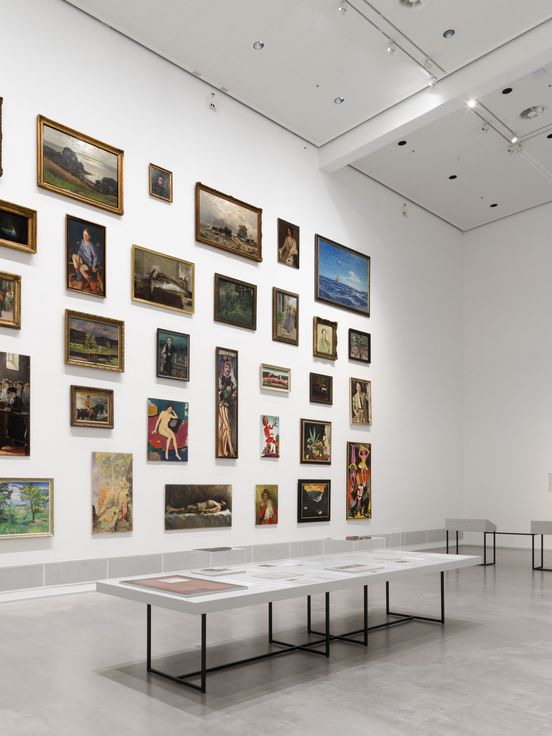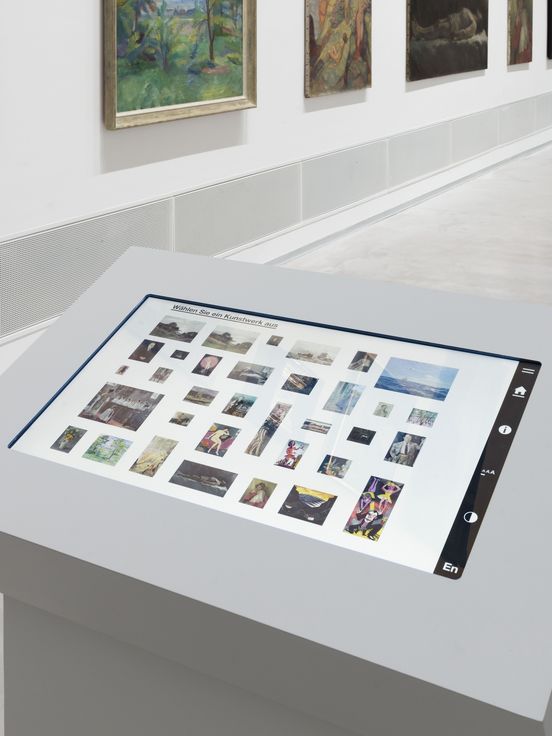“Works of art go wayfaring. That has always been their destiny and will never change.” That was how the art critic Adolph Donath described provenance research in 1925. Today it has become an integral part of museum practice. It investigates chains of ownership and contexts where injustice occurs in the history of cultural objects. In museums with holdings of modernist art, this primarily means paintings, sculptures or drawings that were stolen or extracted under duress from Jewish victims of National Socialism between 1933 and 1945.
This exhibition picks up on an earlier event financed by the Ernst von Siemens Kunststiftung which was only open to the public for a few days before the coronavirus pandemic struck in 2020 and 2021. By looking in depth at selected examples, it documents the current state of our ongoing research into the holdings of the Berlinische Galerie. Set amid a salon hanging with nearly 40 paintings rarely placed on display, digital media present the latest findings, gaps in our knowledge and objectives for further enquiry. Alongside this a story is told in original documents – that of the “Temple Dance of the Soul” painted in 1910 by Fidus (Hugo Höppener). The cycle was identified in 2017 as having been looted by the Nazis. Restitution was arranged at the museum’s own initiative before the work was repurchased for the Berlinische Galerie collection from the family of the original clients. The message is clear: every work goes travelling, and our knowledge about the journey broadens our view of the art.

